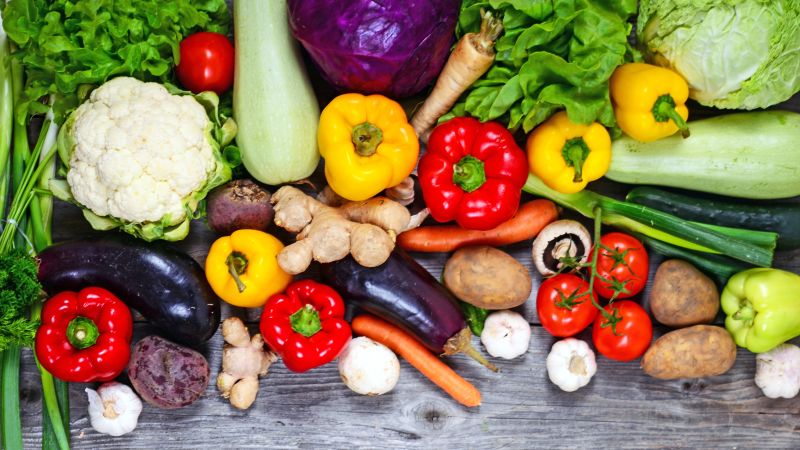The Pegan Diet: A Comprehensive Guide to Healthy Eating
The pegan diet combines the principles of vegan and paleo approaches to create a balanced, nutrient-rich eating plan. It emphasizes whole foods, primarily plant-based, while limiting processed options.
Key Components of the Pegan Diet
- Plant-Based Foods: Comprising 75% of your diet, focus on fruits, vegetables, and whole grains.
- Quality Protein: Choose organic, grass-fed animal proteins, like chicken and fish, which should make up about 25% of your intake.
- Healthy Fats: Incorporate sources such as olive oil, avocados, and nuts while limiting saturated fats.
Benefits of the Pegan Diet
The pegan diet provides various health benefits, including improved digestion, increased energy, and better weight management. By focusing on whole foods and avoiding processed items, individuals may also experience reduced inflammation.
Focusing on Natural Foods
The diet encourages selecting nutrient-dense foods such as:
- Fruits and Vegetables: Aim to consume a wide variety of colorful options for maximum nutrients.
- Whole Grains: Favor gluten-free grains like quinoa for sustained energy.
- Legumes: Incorporate small portions of beans like lentils for plant-based protein.
What to Avoid
While on the pegan diet, there are certain foods to steer clear of:
- Peanuts and other legumes: Generally discouraged due to their potential hormonal disruption.
- Dairy Products: Often excluded from the diet as many individuals find them hard to digest.
- Processed Sugars: Limit intake to avoid health risks associated with excessive sugar consumption.
Implementing the Pegan Diet
Transitioning to a pegan diet can be achieved gradually. Start by integrating more plant-based meals into your routine, replacing refined grains with whole grains, and selecting organic proteins. Moreover, meal planning can help in maintaining a balanced diet while exploring diverse recipes.
Conclusion
The pegan diet offers a sustainable way to eat healthily while enjoying a variety of foods. By focusing on whole, nutrient-rich options and avoiding processed items, you can enhance both your physical and mental well-being.







© 2024 GoTravelDaily. All Rights Reserved.





